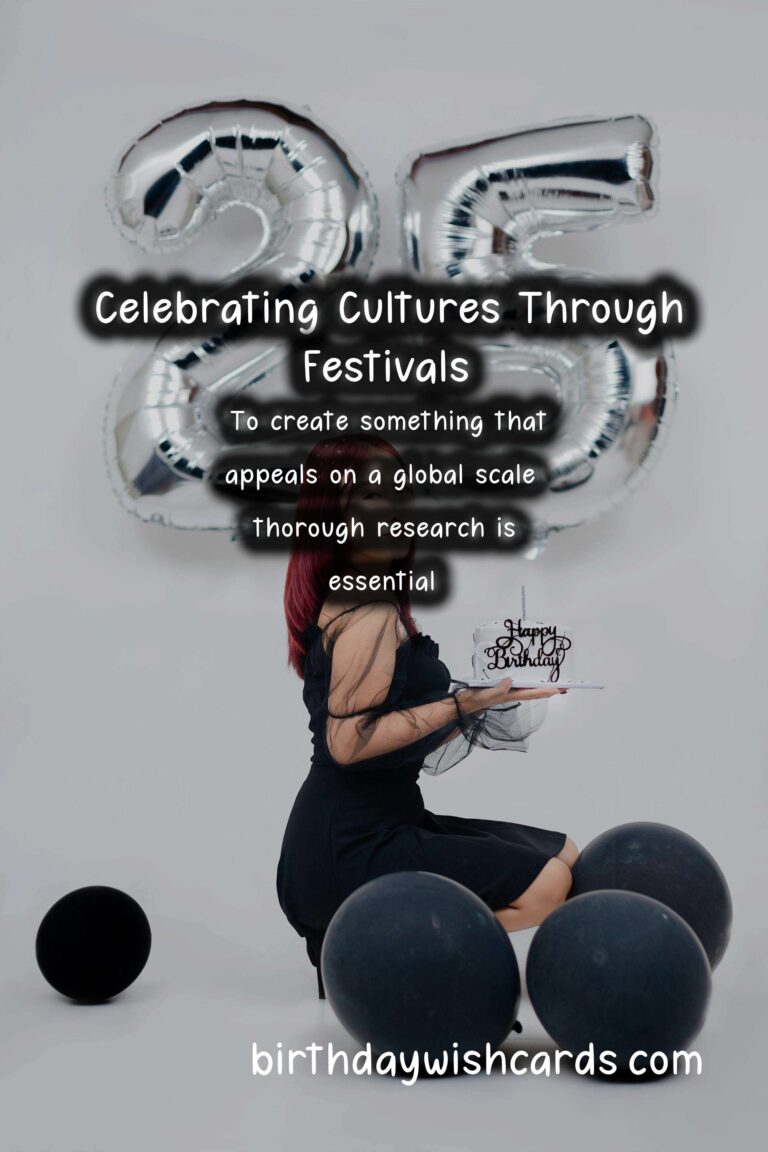
Festivals are integral to cultures around the globe, serving as a means of celebration, community bonding, and expression of artistic creativity. Designing festival traditions that resonate with audiences worldwide requires an understanding of various cultural elements and a willingness to innovate. In this article, we will explore effective strategies for crafting festival traditions that people from all walks of life can appreciate and enjoy.
Understanding the Essence of Festivals
Every festival has distinct characteristics that reflect the culture it represents. They often embody historical events, religious beliefs, and social norms. At the core, festivals are about connection—between people, their heritage, and the experiences that shape their lives.
Before embarking on designing your festival, it’s crucial to understand what makes existing festivals beloved. Are they the music, the food, the rituals, or the communal participation? Identifying these key components can help you create an enjoyable experience.
Researching Global Festival Traditions
To create something that appeals on a global scale, thorough research is essential. Here’s how to delve deep into the world of festivals:
- Study various cultures: Look into how different cultures celebrate significant events through festivals. For example, Diwali in India celebrates the triumph of light over darkness, whereas the Carnival in Brazil showcases vibrant parades.
- Analyze festival evolution: Understanding how festivals have changed over time can offer insights into modern traditions and preferences.
- Engage with communities: Learning from locals can provide invaluable tips on how to design inclusive celebrations that honor heritage while also encouraging participation.
Incorporating Inclusivity
Inclusivity plays a pivotal role in the success of any festival. Whether it’s providing diverse food options, ensuring accessibility for individuals with disabilities, or embracing all forms of artistic expression, inclusivity fosters a sense of belonging among participants.
Consider hosting workshops where participants can learn about traditional crafts, dance styles, or cooking methods from different cultures. This not only enriches the festival experience but also offers respect and recognition to the diverse traditions represented.
Curating a Unique Theme
The theme of your festival serves as the backbone upon which every element is built. A captivating theme should resonate with the values of the intended audience while allowing room for creativity. Some examples include:
- Nature and Sustainability: Given the growing awareness around environmental issues, a festival highlighting nature through eco-friendly practices can attract many participants.
- Unity in Diversity: Celebrate the intersection of cultures by incorporating various traditions into singular experiences, such as food fairs featuring dishes from around the world.
- Arts and Innovation: Make creativity the focus by showcasing new art forms, performances, and installations that reflect contemporary society.
Creating Engaging Activities
Activities that engage the attendees are crucial for a memorable festival. Here’s how to design engaging activities:
- Interactive Workshops: Allow attendees to participate in activities that foster learning, such as dance classes, art workshops, or cooking demonstrations.
- Live Performances: Feature local artists and performers to not only entertain but also showcase the cultural richness represented at your festival.
- Games and Competitions: Organize friendly competitions like traditional games, culinary contests, or art showcases that encourage participation and camaraderie.
Utilizing Technology
In this digital age, integrating technology can enhance festival experiences. Consider how technology can add depth to your festival:
- Virtual Reality Experiences: Utilize VR to allow attendees to experience global traditions in immersive ways.
- Mobile Apps: Create an app that provides information about schedules, food vendors, and cultural insights, making the festival more accessible.
- Social Media Engagement: Encourage attendees to share their experiences on social media. Set up unique hashtags, photo ops, and social media challenges to amplify visibility.
Marketing Your Festival
Once your festival is designed, it’s time to draw attention to it. Effective marketing can make or break your festival. Utilize a multi-channel approach:
- Leveraging Social Media: Use platforms like Instagram, Facebook, and Twitter to create buzz before, during, and after the festival, showcasing exciting content and engaging with potential attendees.
- Collaborating with Influencers: Partner with influencers who resonate with your festival theme to tap into their audiences.
- Utilizing SEO: Optimize your website and content for search engines to attract a wider audience organically. Implement keyword strategies relevant to festival traditions.
Gathering Feedback for Improvement
After the festival concludes, gather feedback from attendees, vendors, and volunteers. Surveys can provide insights into what worked and what didn’t, helping you refine future iterations. Celebrate successes but also recognize areas for improvement.
Conclusion
Designing festival traditions that resonate with people worldwide requires careful consideration of cultural nuances, inclusivity, and engagement while utilizing modern technology. By tapping into the shared human experience, you can create a festival that not only celebrates tradition but also fosters unity and creativity. With passion and thoughtful planning, your festival can become a cherished event for many.
Festivals are integral to cultures around the globe, serving as a means of celebration, community bonding, and expression of artistic creativity. To create something that appeals on a global scale, thorough research is essential. 
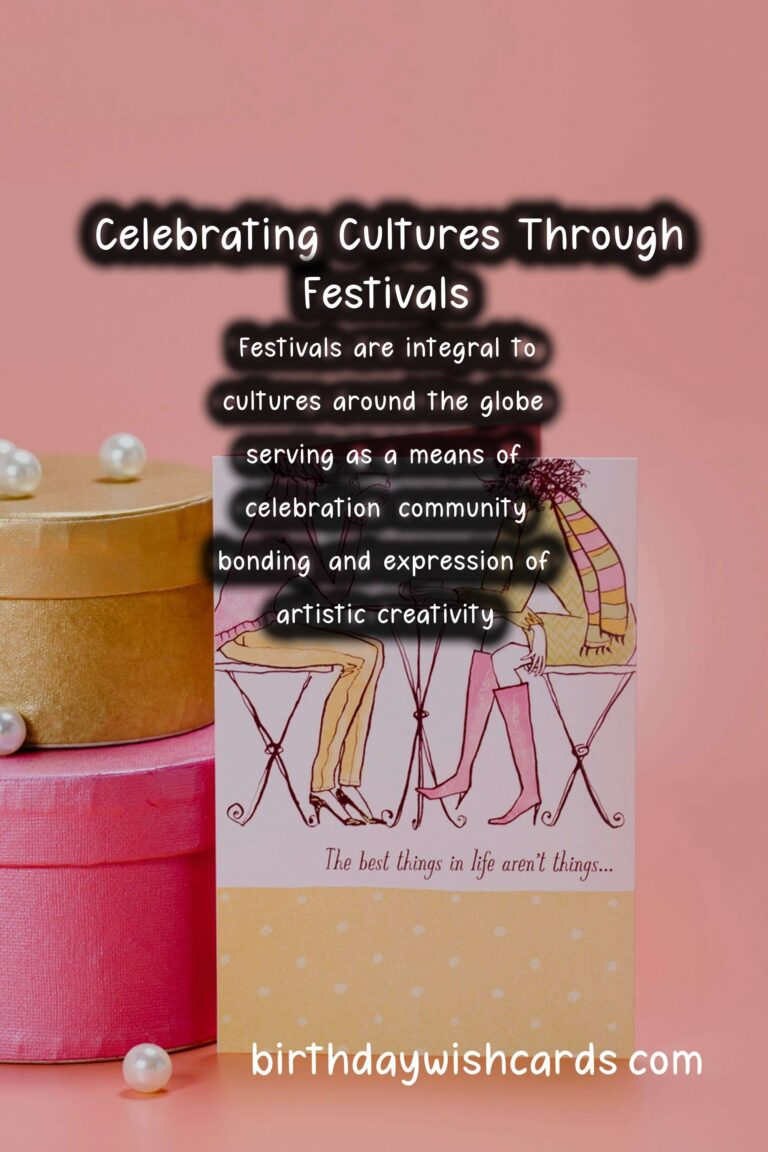
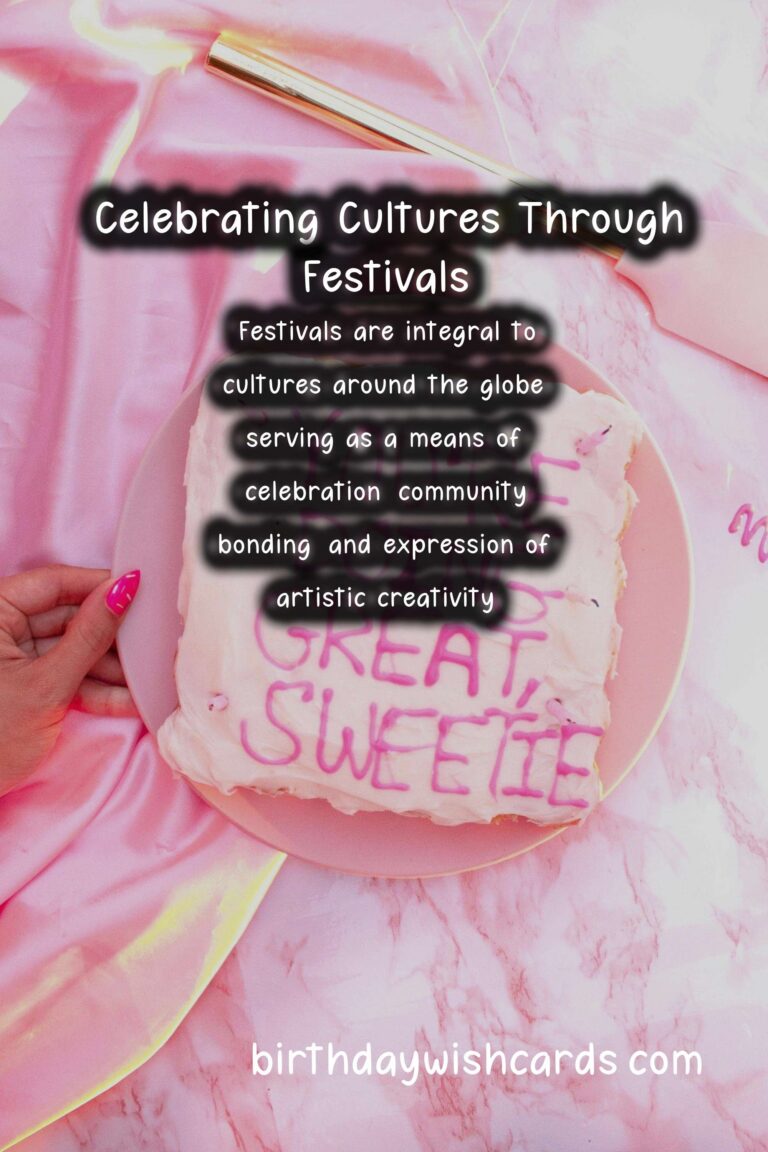
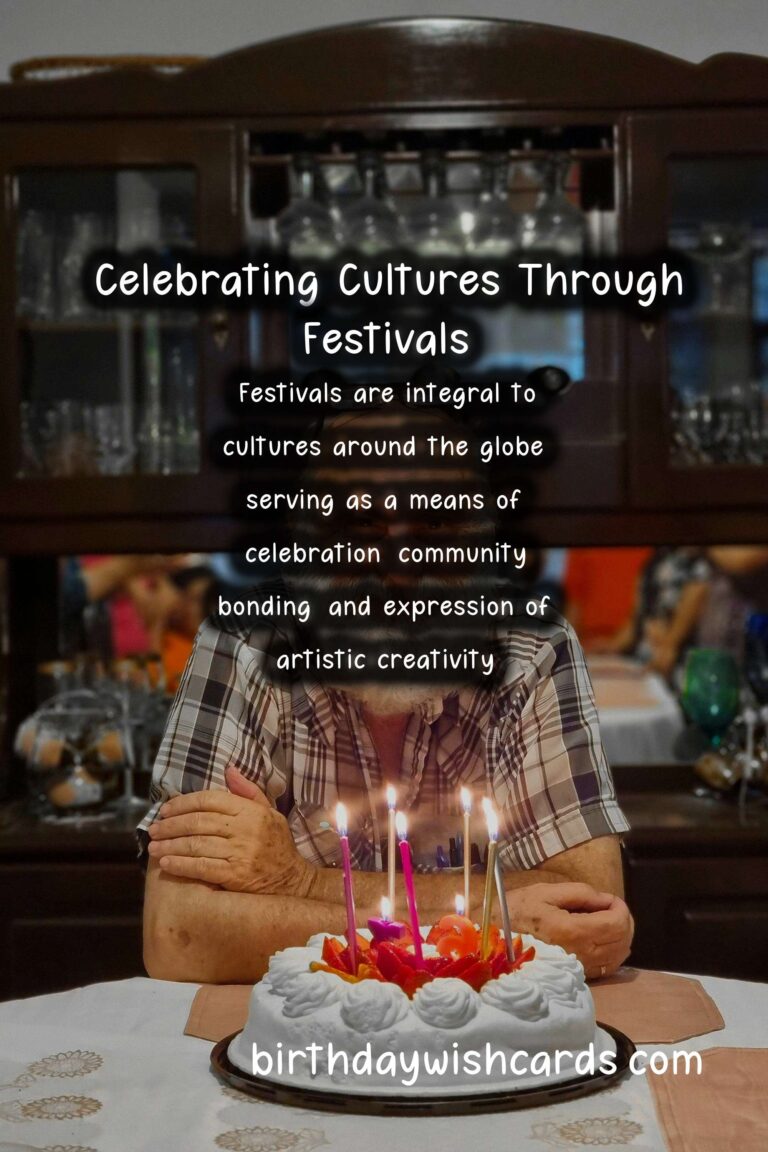
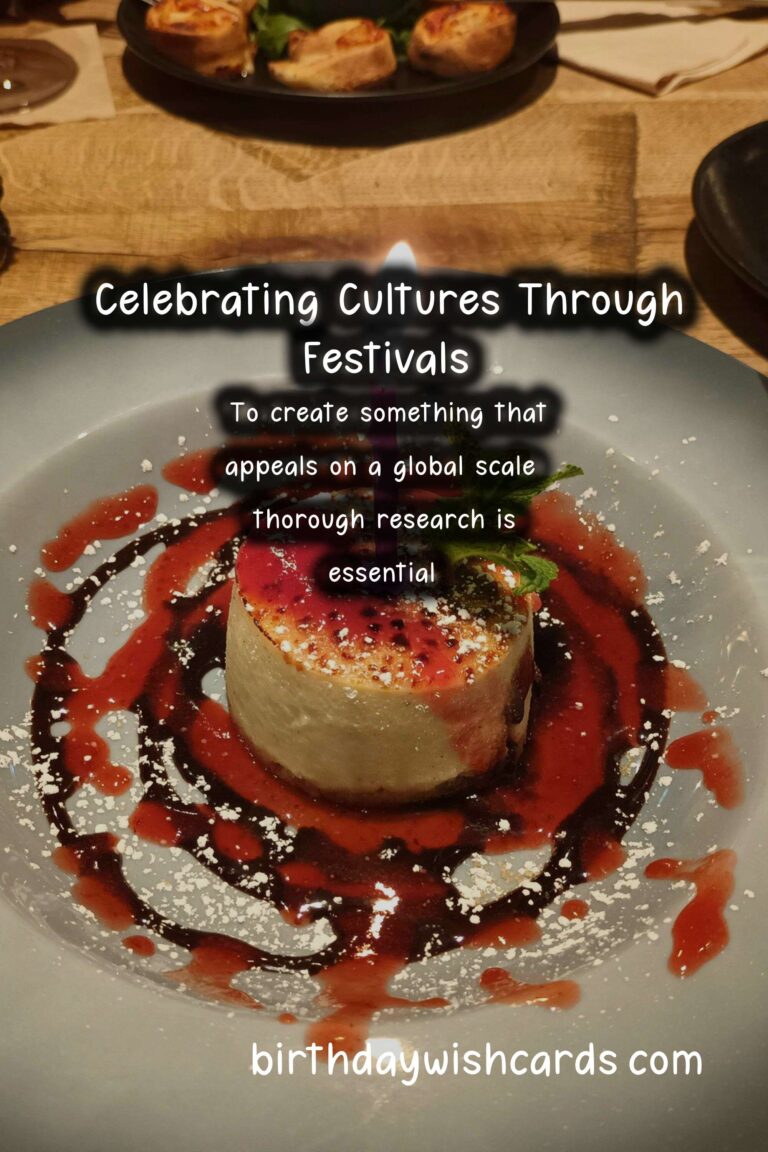
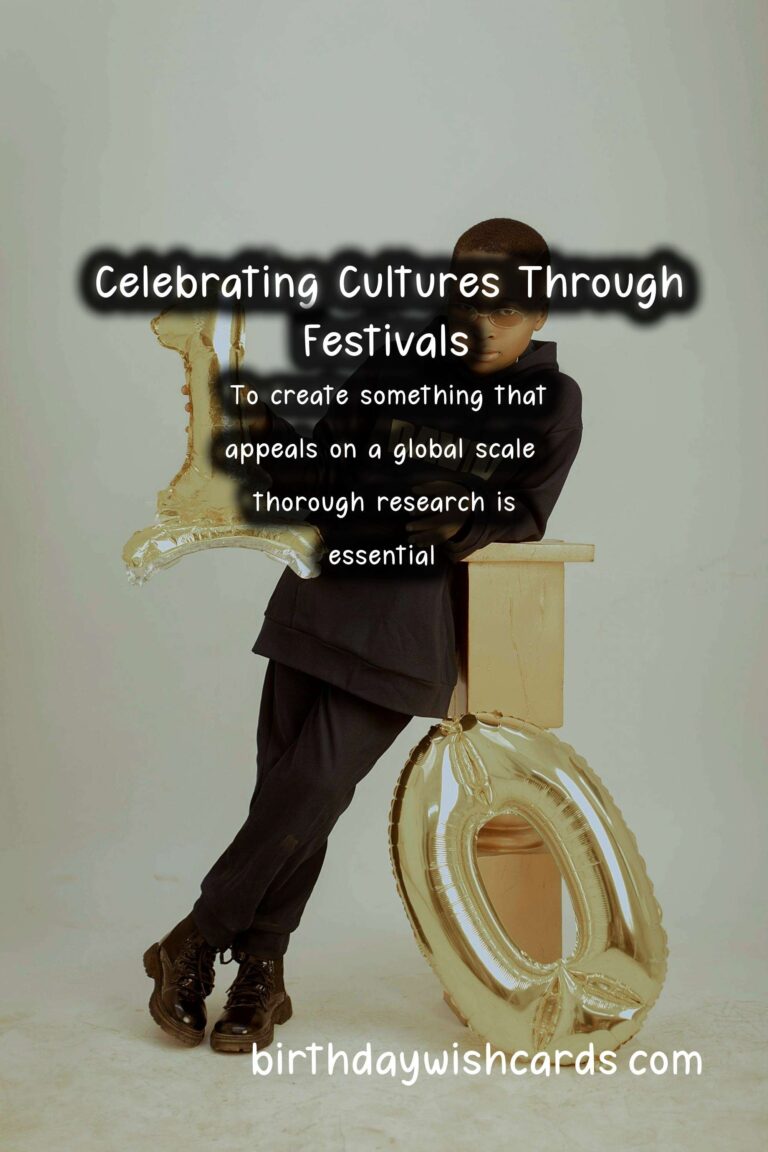
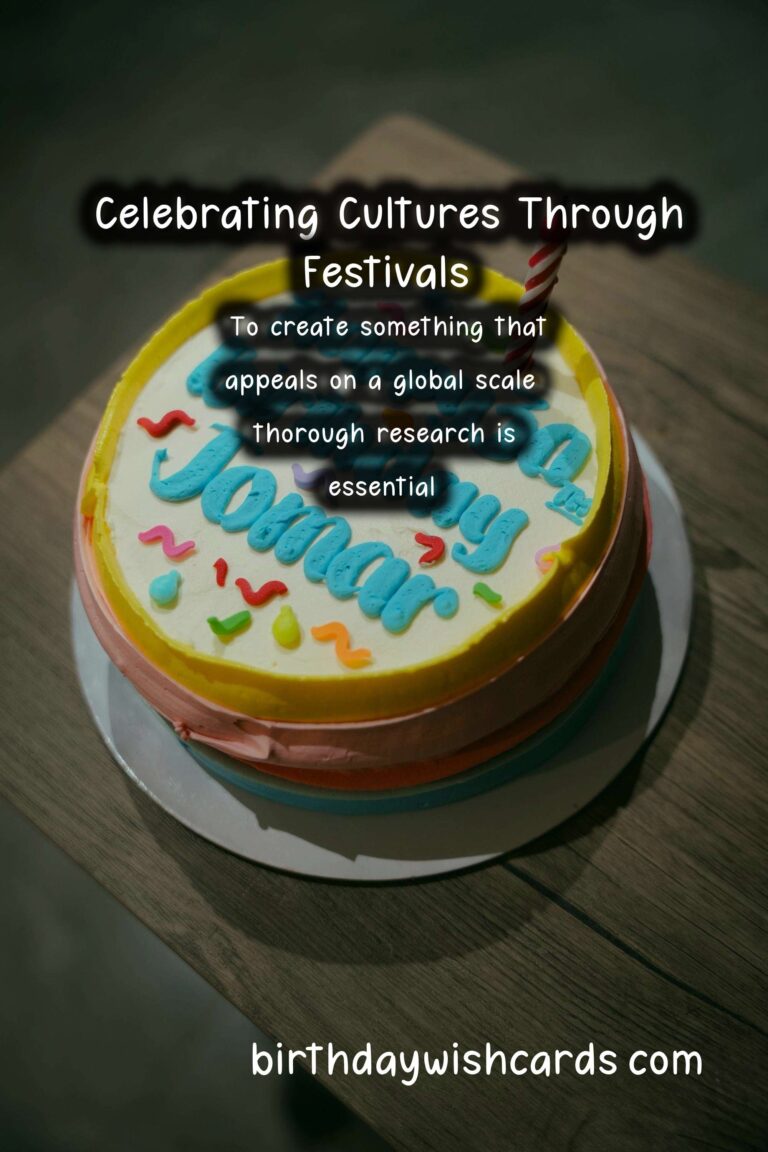
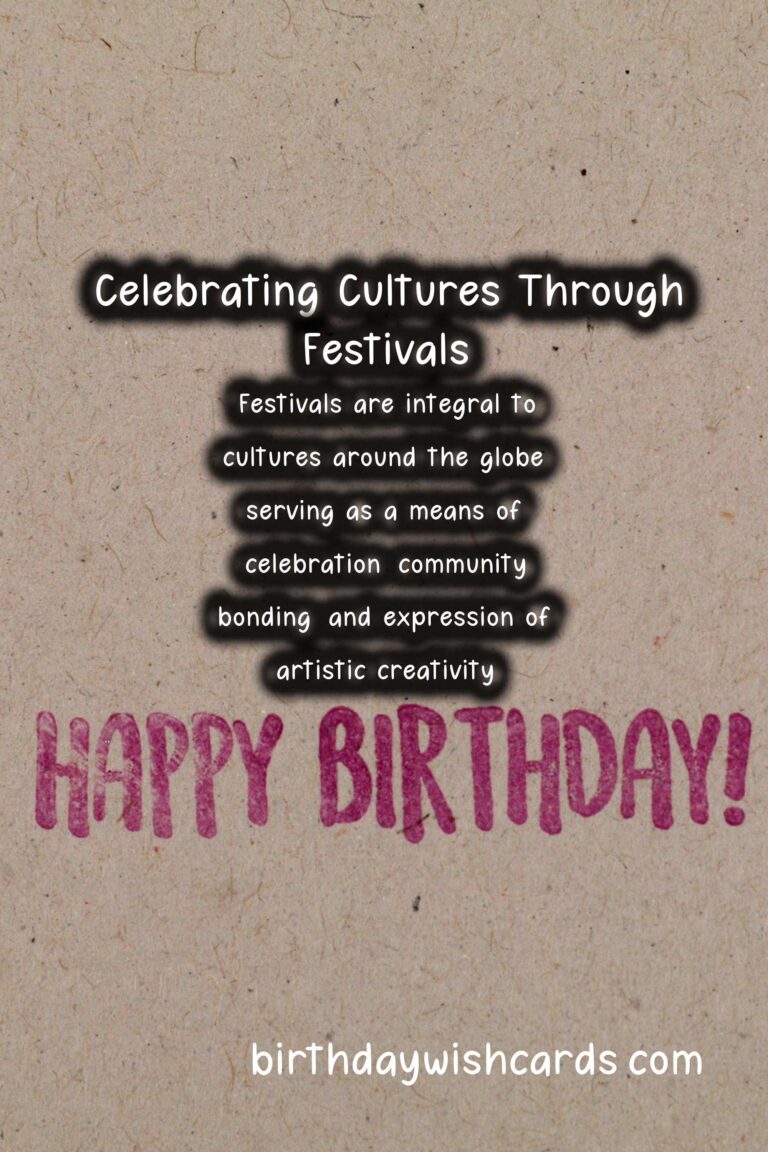
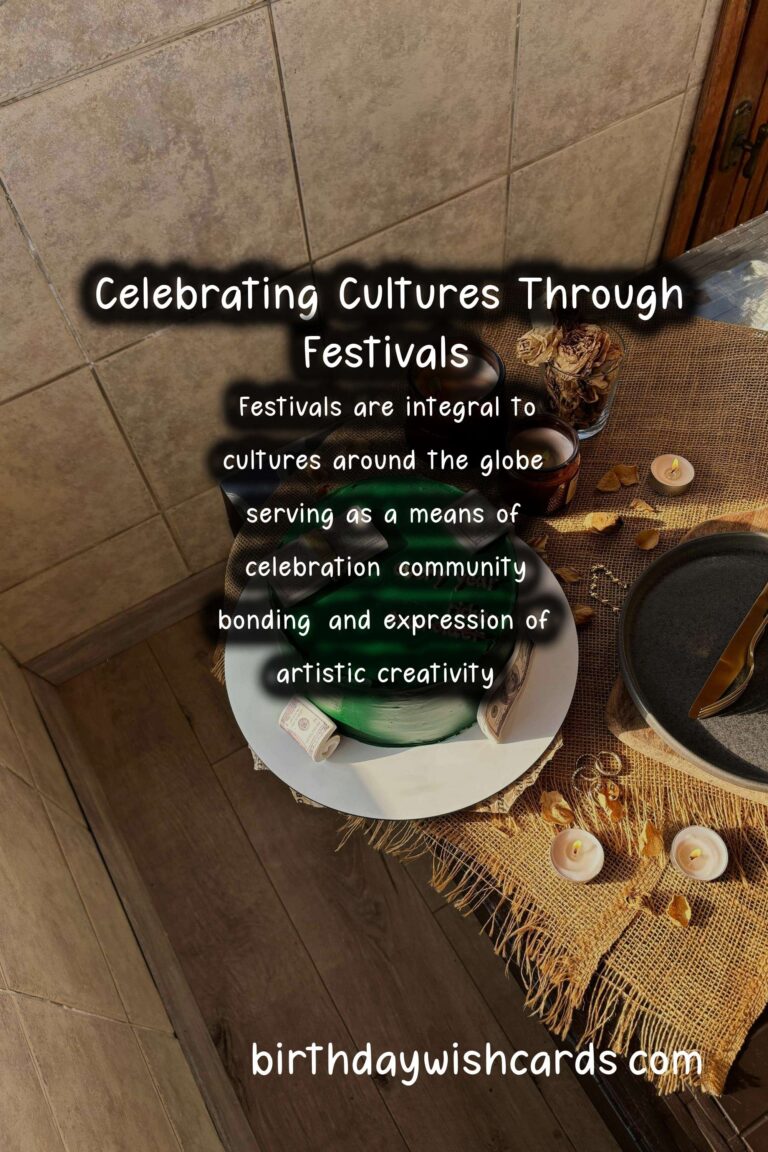
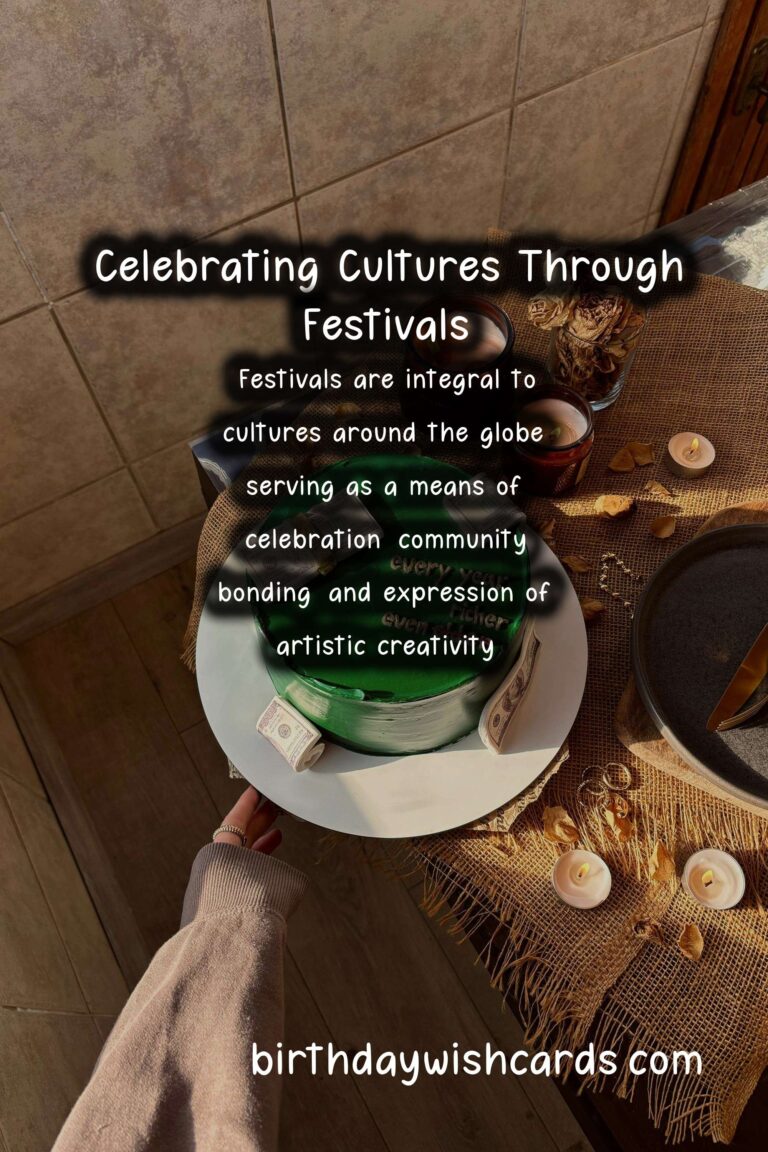
#FestivalTraditions #CulturalCelebrations




